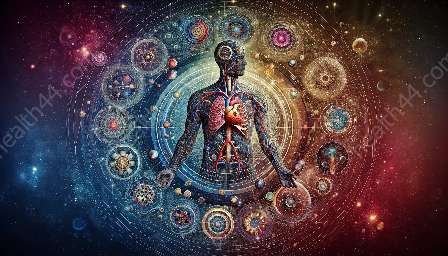Pathophysiology examines the changes in physiological processes and the functional changes associated with disease or injury.
It is crucial for health education and medical training, as it provides a deeper understanding of how diseases develop and progress.
The Relationship Between Pathophysiology and Physiology
Pathophysiology and physiology are closely related fields that explore the functioning of the human body at different levels.
While physiology focuses on the normal functioning of the body's systems and how they maintain homeostasis, pathophysiology delves into the abnormal functioning that occurs in disease states.
For instance, in cardiovascular physiology, one may study the normal electrical conduction of the heart, while in cardiovascular pathophysiology, the focus shifts to arrhythmias and other abnormalities.
The Importance of Pathophysiology in Medical Training
Medical students and healthcare professionals need a strong foundation in pathophysiology to understand the underlying mechanisms of diseases, interpret diagnostic tests, and develop effective treatment plans.
By understanding the pathophysiology of diseases, clinicians can make informed decisions about the best course of action for their patients, leading to improved outcomes.
Exploring Pathophysiology in Health Education
In health education, a solid grasp of pathophysiology allows individuals to understand the impact of lifestyle choices, environmental factors, and genetic predispositions on disease development.
It also provides the foundation for developing preventive strategies that can mitigate the progression of diseases or reduce the risk of their occurrence.
Common Pathophysiological Mechanisms
Pathophysiological mechanisms can vary widely across different diseases and conditions, but there are common themes and pathways that underpin many disorders.
- Inflammation: An important response to injury or infection, but chronic inflammation can contribute to many diseases, including arthritis, atherosclerosis, and diabetes.
- Oxidative Stress: Imbalance between the body's production of reactive oxygen species and its ability to detoxify them. This can lead to damage in various organs and is associated with conditions such as cancer, neurodegenerative diseases, and diabetes.
- Genetic Mutations: Inherited or acquired genetic mutations can disrupt normal physiological processes, leading to conditions such as cystic fibrosis, sickle cell anemia, and certain cancers.
- Autoimmunity: The immune system mistakenly targets the body's own cells and tissues, resulting in autoimmune diseases like rheumatoid arthritis, lupus, and multiple sclerosis.
Conclusion
Understanding the pathophysiology of diseases is essential for comprehending their impact on the body and for developing effective medical interventions. By bridging the gap between physiology and disease, pathophysiology plays a critical role in promoting better health education and medical training.


